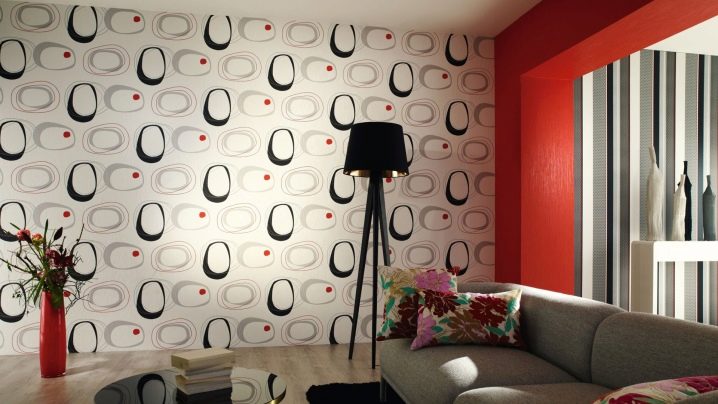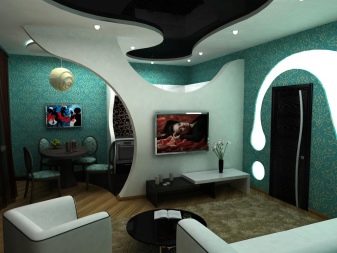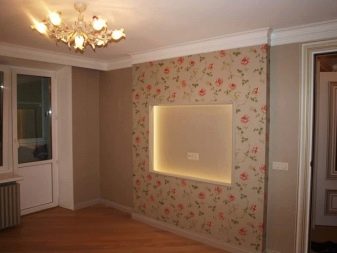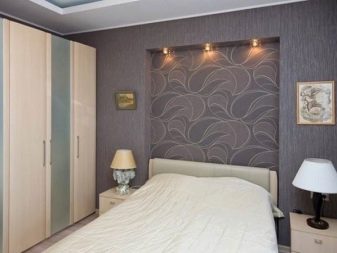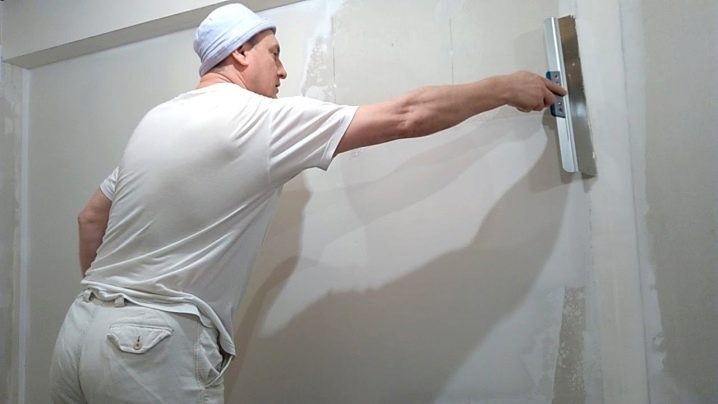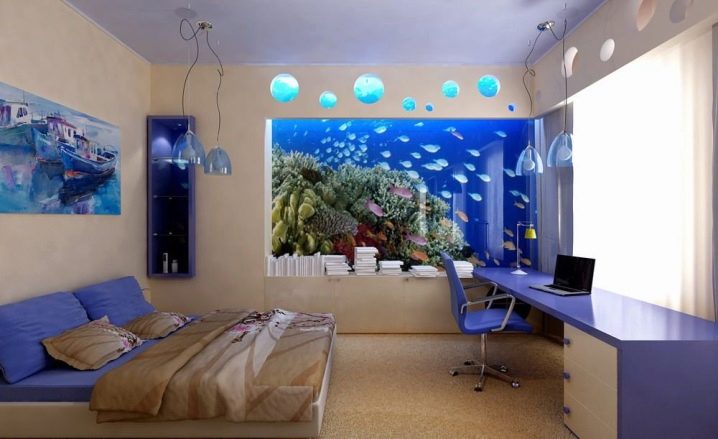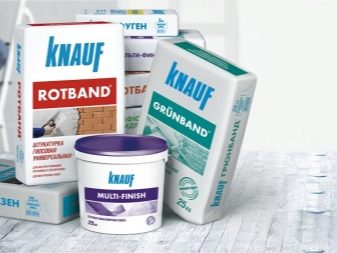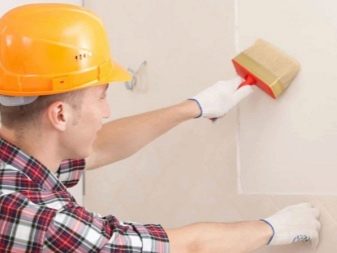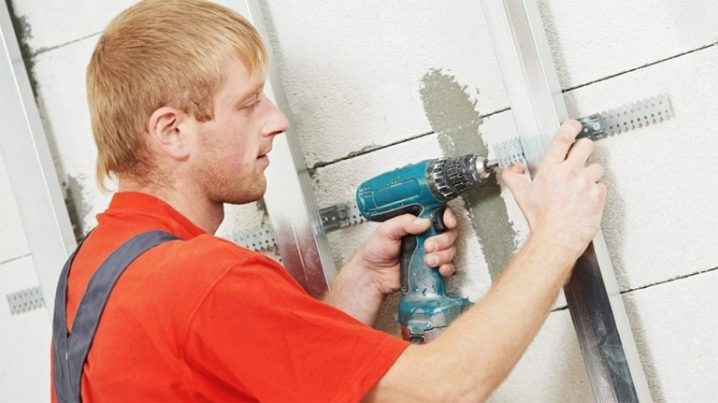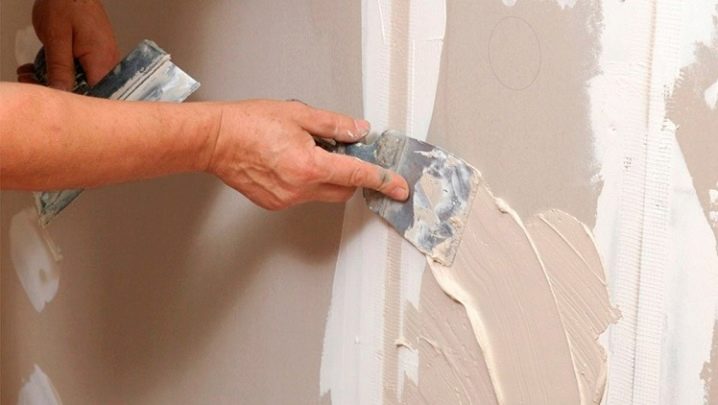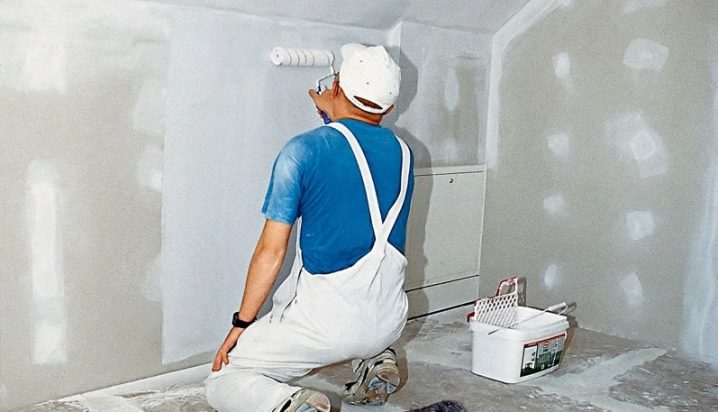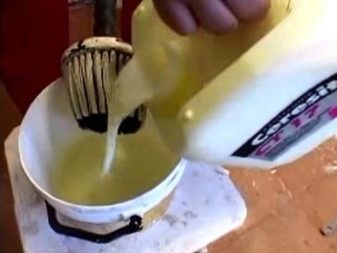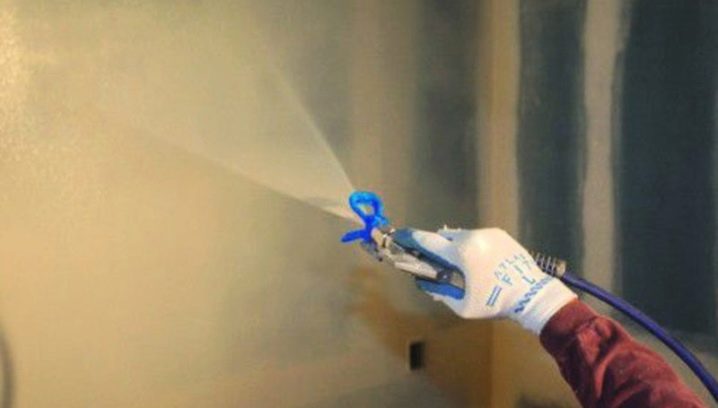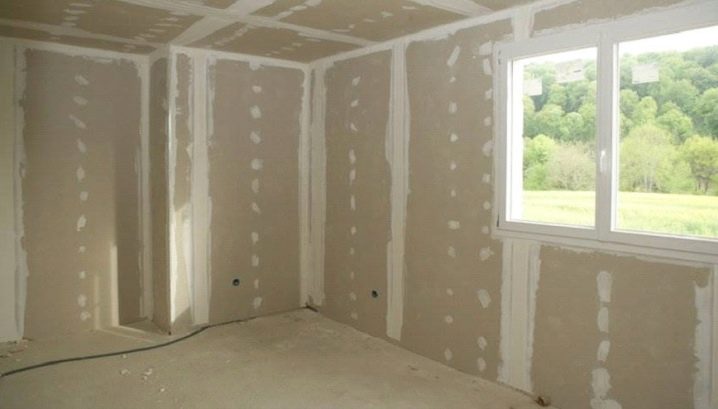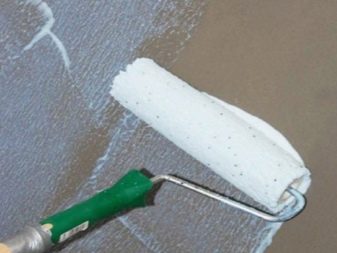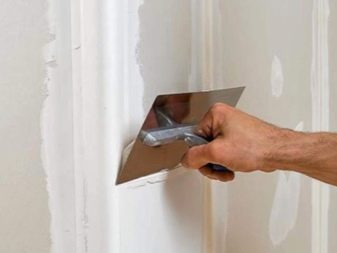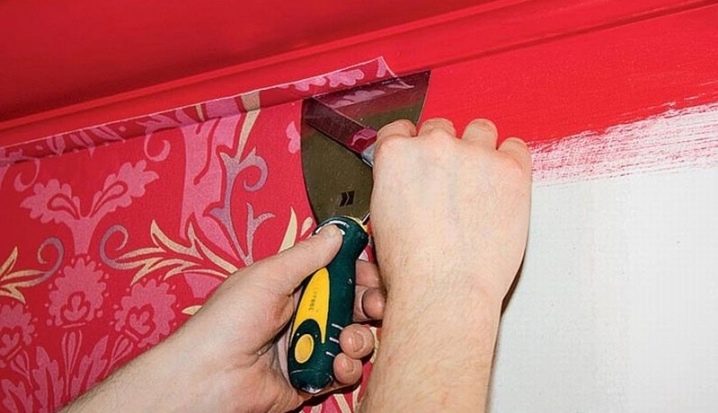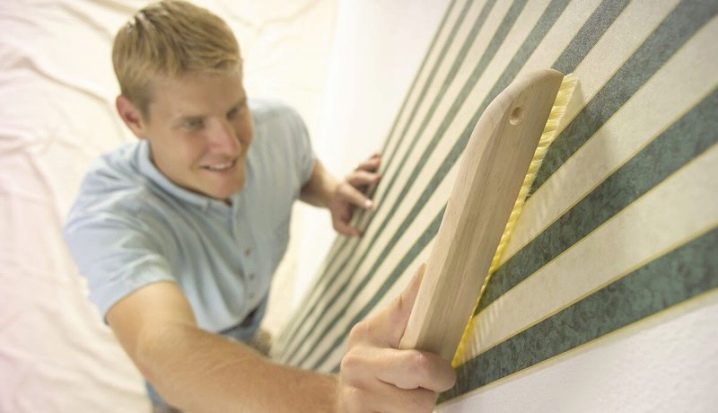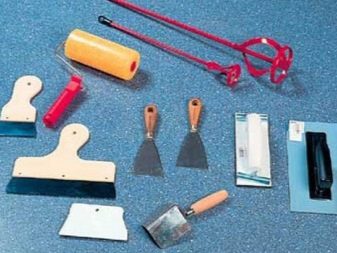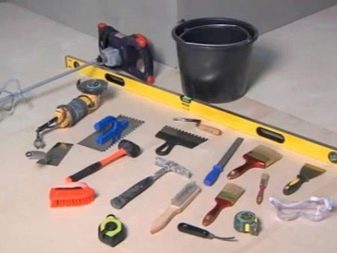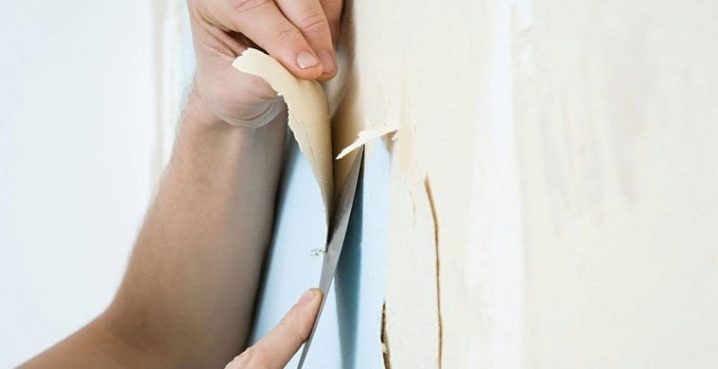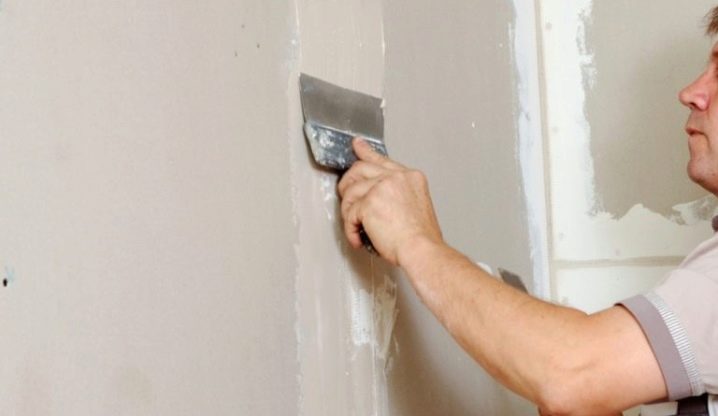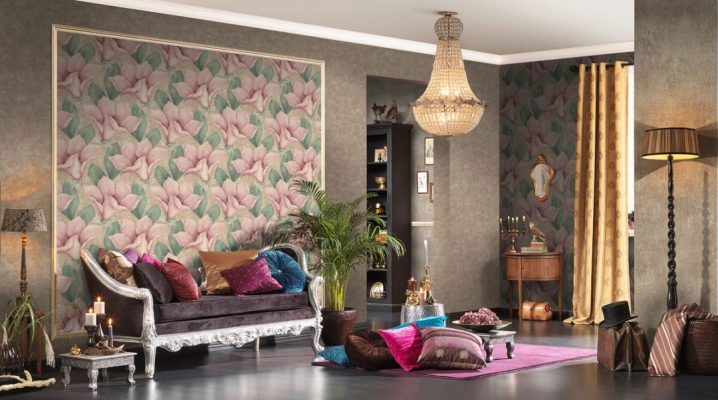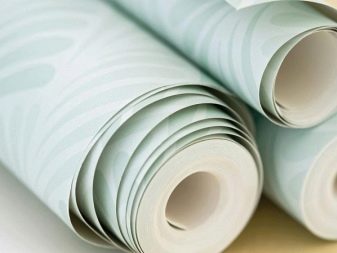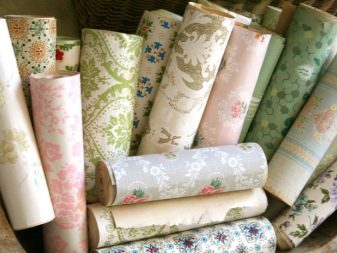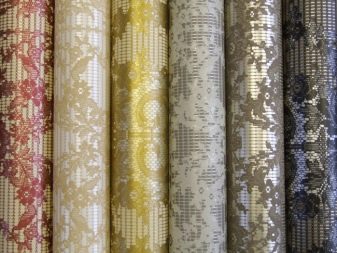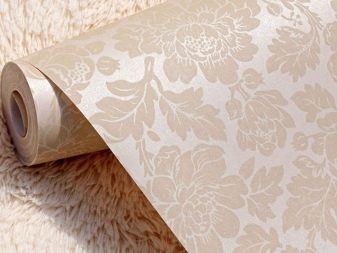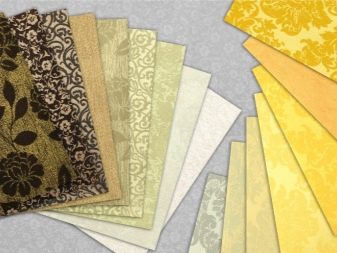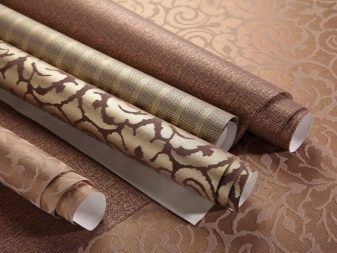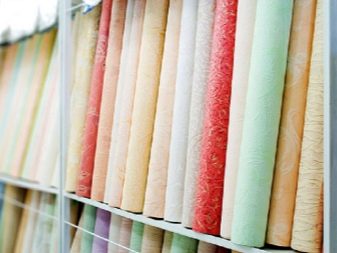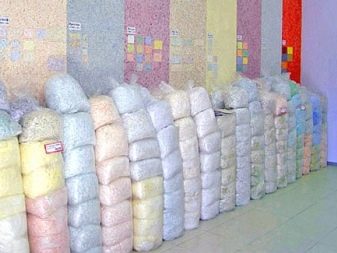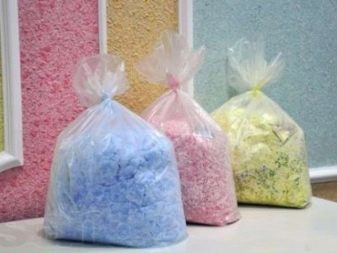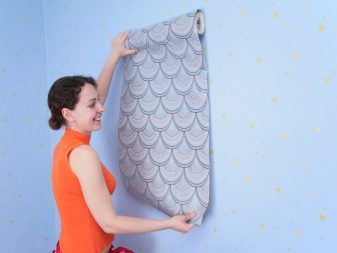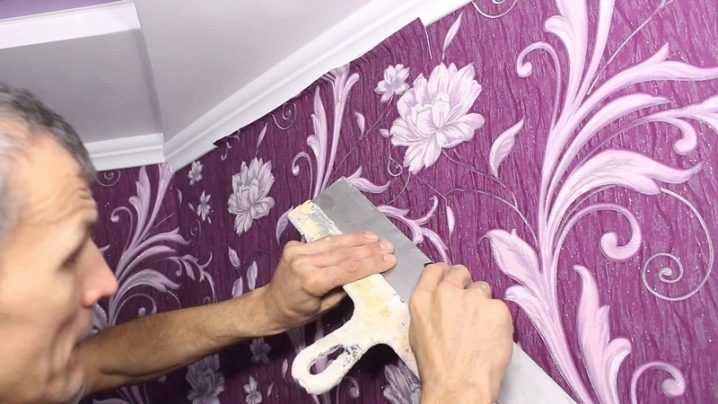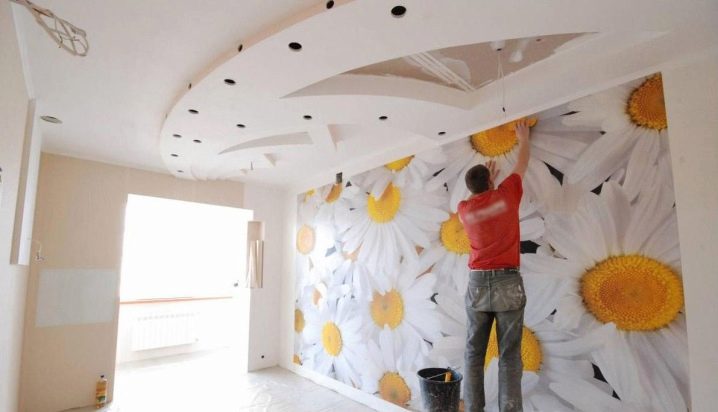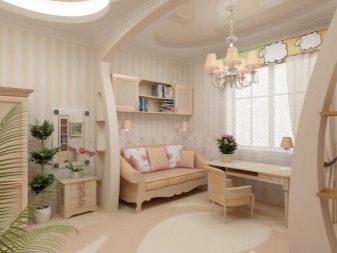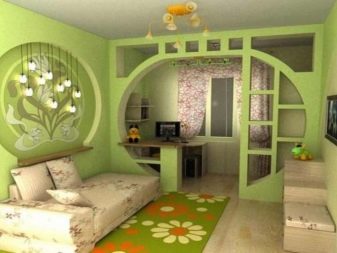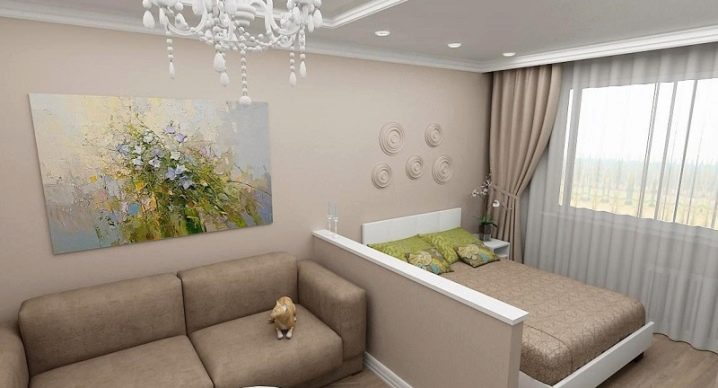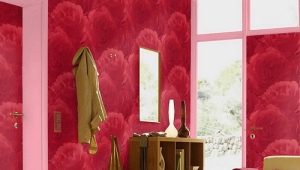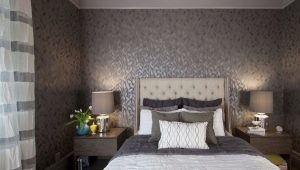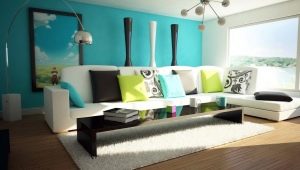How to glue wallpaper on drywall?
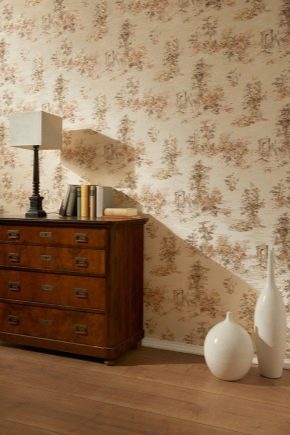
Drywall is one of the most popular and pliable finishing materials that can be used for a variety of purposes. The same can be said about the wallpaper. These two components are used in many interiors and often play one of the most important roles. Today we will talk about how to stick wallpaper on the surface of drywall.
Special features
Drywall is a very light and undemanding material from which you can make a variety of designs. This can be not only a lightweight partition dividing the functional areas, but also real plasterboard furniture. Many owners turn to such design solutions, as they are inexpensive and can be realized with their own hands.
However, the simple snow-white surface of drywall often looks too simple and cheap in the interior, so it needs to be processed. Luckily, This material is not afraid of painting or pasting wallpaper. With the help of properly selected canvases, you can give the gypsum board construction a special appeal and a complete appearance.
To start drywall always need to be prepared for the upcoming finishing work. However, some owners glue the wallpaper and without prior preparation, which, of course, takes much less time. But for such works one should select exceptionally dense and thick coatings of bright colors that can seal up various defects of the base. In addition, in the design of plasterboard construction is often used putty. It is also not mandatory, and all work can be done without this process.
Despite the ease of working with this material, experts recommend to treat its design very carefully and responsibly, so that the result does not disappoint you, and the resulting detail retains a beautiful look for a long time.
Surface preparation
Before directly sticking wallpaper it is recommended to prepare the surface of drywall. Of course, this process is not critical, and many people do not produce this work. But after all, only after competent preparation, the surface of the base will look ideally smooth and neat, so you should not neglect it.
You can prepare the drywall in several basic steps:
- Primer. The primer layer is necessary for a better and more reliable adhesion of the putty to drywall. In addition, thanks to this preparatory work, the drywall will be protected from the appearance of mold or mildew. Today, many are turning to high-quality acrylic primer, but in stores you can find a lot of other options. A modern buyer can purchase either a ready-made primer or a powder primer, which must be stirred independently. Primer plasterboard surface for future pasting wallpaper is most often done using a conventional brush. During such work, the mixture is evenly distributed over the surface of the base.
When the plasterboard wall is fully processed, it is necessary to allow the surface to dry completely. As a rule, the drying time of these compounds is indicated on their packaging.In this case, it is necessary to strictly follow the instructions on the packaging in order not to spoil the composition.
- Reinforcement coating. This process is necessary in order that the basis was stronger, reliable and durable.
- Gluing serpyankoy. Serpyanka is a lavsan or fiberglass ribbon with a special adhesive composition. Externally, these elements are very similar to the classic medical bandages, although they have nothing in common with them. Serpyanka should be glued as tightly and firmly as possible at the joints formed between sheets of drywall. Try in this work to avoid the formation of airbags. If the serpyanka does not have a high adhesiveness, then it should be supplemented with a small amount of PVA glue.
- Putty joints. After you have closed all the joints with the help of a hanger, you need to put putty in the seams, which must be leveled accurately and accurately. Due to such works, all joints and inaccurate connections cease to attract attention and become invisible.
Smoothing putty is permissible only after it dries. For this purpose it is allowed to use sandpaper with fine-grained coating.
What to process?
Before glueing the wallpaper to a plasterboard base, you need to properly handle it. To do this, you need not only putty and primer, but also various protective compounds. Such treatment can prolong the life of the product.
In addition, all the work can be easily done by hand:
- Surface treatment with special bactericidal substances and application of an additional layer of putty will not be superfluous. To do this, it is necessary to cover the structure with special antiseptics and completely putty the base. However, there is no particular need for these actions;
- anti-fungal plasterboard protection may also be required. This work will protect the base from the formation of mold and fungus. Useful antiseptic substances are often present in the composition of acrylic primers, which indicates an excellent opportunity to "do two things at the same time."
In addition, using high-quality acrylic blend, you will significantly save time.
Specialists recommend using a roller, a special sprayer or a brush to apply protective compounds. Such devices will not scratch or damage the base.When working with similar compounds, it is recommended to wear a respirator to prevent chemicals from entering the lungs. Today in stores you can meet the protective equipment in containers of 5-10 liters. They differ in low consumption per 1 square meter of wall or ceiling.
The primer can be combined with water-based paint and cover the base with this composition. It will be very useful in matters of bleaching surfaces.
Finish
For the formation of a more accurate and complete form of drywall requires a simple finish. Many materials of finishing are applied already at the initial (preparatory) stages of work with the foundation.
First of all, they should include primer and putty. Also not to do during such works without the compositions hiding all seams and joints. Often repeated priming is carried out, making the structure more dense and even.
Drywall can not only be painted, but also covered with wallpaper. For this material, you can pick up not only light paper, but also some of the more dense canvases, characterized by a long service life. Of course, the more the coatings weigh, the more reliable and well thought-out should be the preparation and finishing of the plasterboard base.
Is it necessary to putty?
It is possible to glue wallpaper on drywall without first applying putty. However, in such cases it is necessary to carefully and responsibly approach the priming of the base, because the soil has not only a disinfecting effect, but also provides an excellent connection with adhesive means. Walls can be plastered before wallpapering.. Wallpapers are applied to plastered surfaces easier and easier, as well as to high-quality putty.
Experts advise to glue wallpaper on drywall without putty so that their joints do not coincide with the seams of the base, otherwise it will look rough and sloppy.
Is it possible to glue on plaster plaster?
As already mentioned, the wallpaper is quite possible to glue on drywall without putty. However, it is allowed to stick the cloths on a high-quality plastered base surface. Being on this surface, the wallpaper can last a very long time.
For high-quality and reliable plaster plaster processing you will need the following tools:
- level;
- spatulas;
- roulettes (not less than 5 m);
- plumb for leveling;
- spray for ordinary water;
- trowel sponges;
- utensils for mixing the solution.
It rarely happens that the old wallpaper is still on the drywall surface. Before all finishing work they should be completely removed by sprinkling with water and picking up with a spatula. After this, the base should be completely dry. Then the surface of the drywall should be gently wiped, so that it does not leave pieces of old paintings or dirty marks. If there are still unnecessary screws or studs in the wall, they will also have to be removed.
Before putting plaster it is necessary to ground the basis. Some types of wallpaper can be glued exclusively on smooth surfaces (for example, textile cloth). Such finishing materials are allowed to be applied only on perfectly flat, unpacked drywall. If it has any flaws and flaws (which, of course, happens rarely), then it is still better to putty putty right after plastering.
Without a finishing coat putty, you can make a drywall paste with dense and embossed wallpaper that is not afraid of uneven surfaces. They will be able to seal the many defects of the base.
Which wallpaper is better to choose?
There are currently so many different wallpapers availablehaving different performance characteristics and design, that their range can easily "get lost".
To finish the plasterboard surface, you can use the following types of wallpaper:
- paper. These are the cheapest, thinnest and lightest options. They are environmentally friendly, as they contain pure cellulose. However, such fabrics do not differ in wear resistance and long service life. They can be easily torn and stained, and they can not be washed;
- vinyl. These types of wallpaper are more popular and reliable. They consist of several layers of polyvinyl and paper. One of the brightest and most attractive are vinyl cloth with silk-screen printing. They have a relief pattern and a special fibrous structure, from which it is impossible to look away;
- textile. These varieties have an interesting and luxurious appearance. Most often they are made from environmentally friendly and natural materials. However, woven cloths too easily and quickly absorb foreign odors (not always pleasant) and just as quickly get dirty. It is not recommended to wash them either;
- non-woven.These finishing materials today are in great demand and are found in many homes. Their base is flizelin, consisting of viscose. These wallpapers serve for a long time, as tearing or deforming them is not so easy. In addition, they look very attractive and come in a large assortment;
- liquid. These finishing materials are more like plaster. They are sold in dry powder form and are applied to the walls after dilution with water. Such options are ideal for hiding defects on the ground;
- photo wallpaper. Such paintings were popular in Soviet times. Their relevance and demand have not faded to this day. However, now you can meet in the stores not only traditional compositions with forest landscapes, birch trees and pine trees, but also more original and elegant specimens with views of the Eiffel Tower, city night panoramas with evening lights and many other spectacular images.
Adhesion technology
Today there is a great variety of finishing materials, from the good old water-based paint to colored decorative plaster.However, wallpapers are still among the most popular and easy to use.
The technology of wallpapering on drywall has some features:
- first you must first remove the old coating, if it is on plasterboard;
- in rooms with high humidity (for example, in the kitchen) a sticker is recommended for washable wallpapers. It is better to apply them on high-quality moisture-resistant drywall, otherwise they will quickly become unusable and require replacement;
- Drywall is often used in a wooden house (especially if it is made of log). Only on such smooth surfaces can be the easiest to apply wallpaper;
- it is not always easy to glue wallpaper plasterboard arches or a box of irregular shape. This results from the fact that similar designs often have the rounded irregular outlines. After applying the wallpaper can be cut right on the uneven plasterboard. However, this should be done very carefully so as not to damage the base and not to spoil the wallpaper;
- all varieties of wallpaper are applied to drywall with glue. However, they are glued to partitions using different compositions depending on the type.As a rule, wallpaper paste is sold in small bags or buckets and looks like powder / flakes. These compounds are mixed with water, after which you can begin to glue the coatings. Under each particular type of canvas fits your glue;
- if you have to paste over uneven surfaces of partitions, you should use cutting and short wallpaper pieces, which can be measured with a meter or a ruler.
Successful examples and options
Interesting and modern in the current interiors look side walls dividing the room in an apartment or a private house. They may have perfectly regular or wavy shapes. Also, they often create small niche shelves in which they have various decorative objects or lamps. It is recommended to trim such structures with light materials (white, beige or cream), otherwise they will make the interior heavier.
In positive interiors, made in natural and radiant tones, it is recommended to use plasterboard partitions, finished with similar positive wallpaper. They can be both smooth and slightly relief and textured.
Low plasterboard partitions, which are most often used in studio apartments, it is recommended to finish with wallpaper that is suitable in color with the rest of the finish. For example, in a soft-coffee space with a light brown sofa and a white-chocolate bed, it is worthwhile to arrange a low partition with a snow-white plastic lining and coffee walls.
You can find out how to putty drywall walls in the next video.
